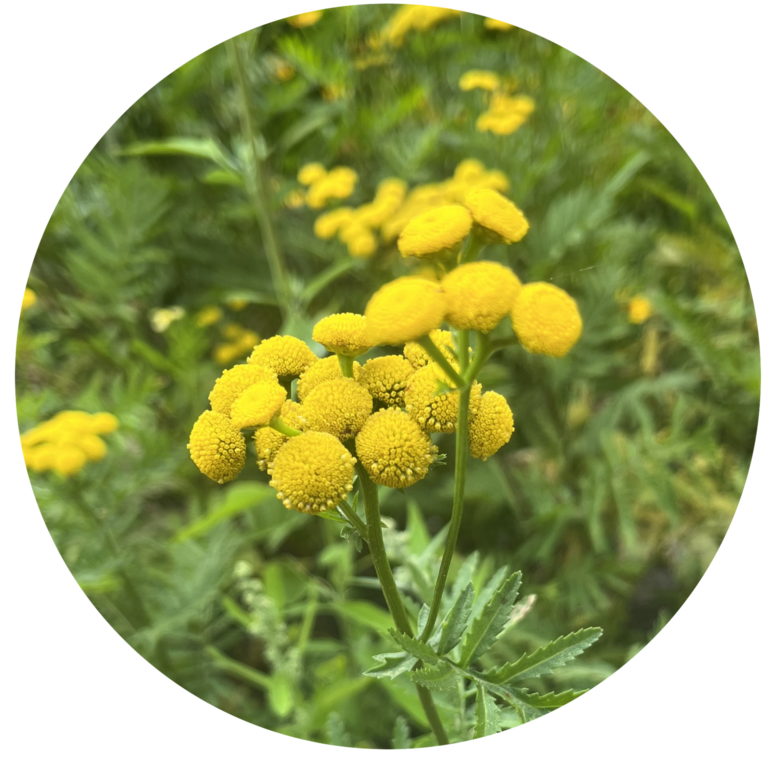Tansy has always been a plant of quiet power. Native to Europe and Asia, it once grew thick along monastery walls and cottage hedgerows, its fern-like leaves releasing a sharp, camphor scent when brushed. Medieval herbalists prized it as a cleanser, tucking sprigs into linens and doorframes to repel moths and ill luck. Even the name comes from the Greek athanasia—“immortality”—a nod to its long-lasting blooms and preservative qualities.
In late summer, bright yellow button-like flowers cluster in dense heads, untouched by insects that dislike its bitter oils. Farmers once scattered tansy on barn floors to keep flies at bay, and Irish folklore whispers of wreaths hung to protect newborns. Though now grown mostly as an ornamental, its reputation lingers: a hardy sentinel, self-seeding at the edges of gardens, reminding us that beauty and practicality often share the same root.

